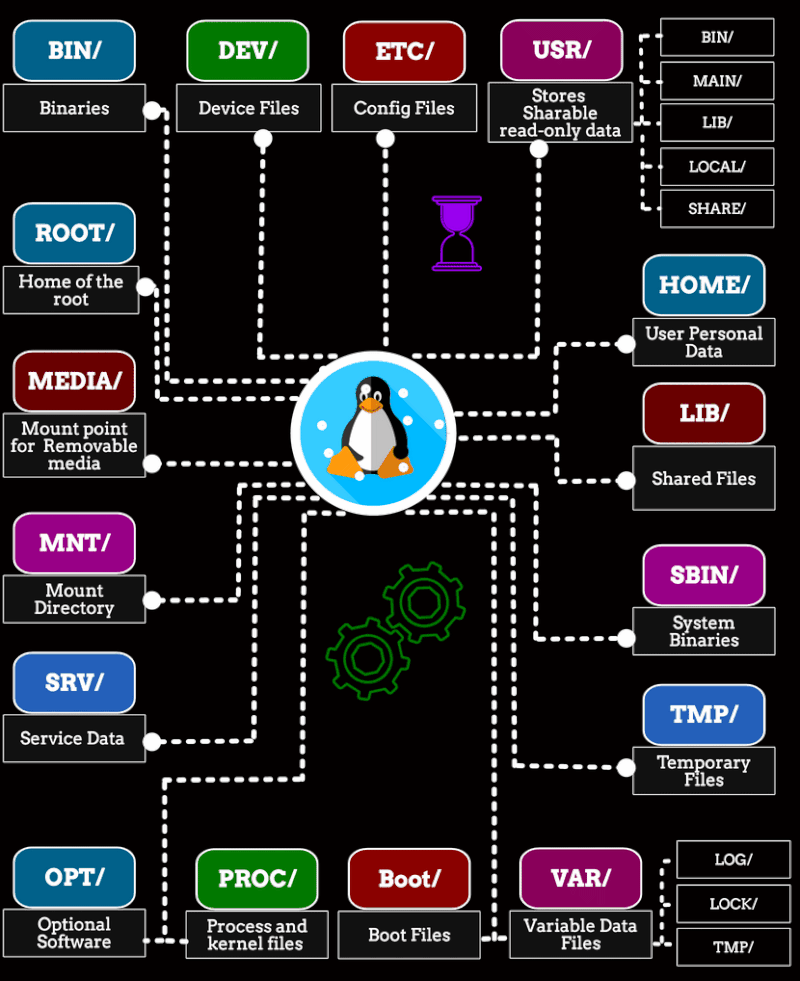Linux, renowned for its stability and robustness, owes much of its reliability to a well-organized directory structure. This structure is akin to a city’s urban planning, where each street and building has a designated purpose. In the Linux ecosystem, understanding this directory hierarchy is fundamental for users and administrators alike. Let’s embark on a journey to demystify the Linux directory structure.
Linux Directory Structure
